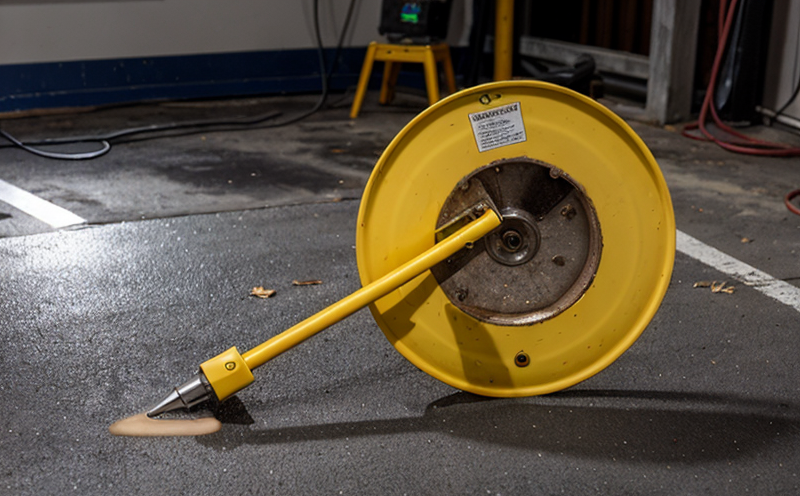Non-Destructive Evaluation
In additive manufacturing (AM) and 3D printing processes, ensuring the integrity of parts is crucial. Non-destructive evaluation (NDE) plays a vital role in assessing the quality of these components without compromising their structural integrity or functional performance.
The primary goal of NDE testing for AM parts is to detect defects that may affect the part's strength and reliability, such as voids, cracks, porosity, and misaligned layers. This evaluation helps manufacturers adhere to stringent industry standards while optimizing production processes. For instance, aerospace components require thorough inspection due to their critical role in ensuring safety.
Standard methods like X-ray radiography, ultrasonic testing (UT), and magnetic particle inspection (MPI) are commonly employed for NDE of AM parts. X-ray radiography provides a clear image of the internal structure, while UT can assess thickness variations and defects within layers. MPI is effective in detecting surface and subsurface flaws in ferromagnetic materials.
Quality managers and compliance officers rely on rigorous testing to ensure that the additive manufacturing process meets industry standards. By incorporating NDE into their quality control processes, they can identify potential issues early, thereby reducing rework and ensuring product reliability.
Scope and Methodology
| Test Method | Description | Acceptance Criteria |
|---|---|---|
| X-ray Radiography | Involves passing X-rays through the part to create an image of its internal structure. This method is particularly useful for detecting voids and cracks. | Acceptance criteria are based on ISO 5711:2016, which specifies acceptance levels for radiographic testing. |
| Ultrasonic Testing | Uses sound waves to inspect the internal structure of parts. It can detect defects such as cracks and inclusions. | The American Society for Non-Destructive Testing (ASNT) provides guidelines that specify acceptable levels of flaws detected by UT. |
| Magnetic Particle Inspection | Detects surface and subsurface defects using magnetic fields. This method is effective in ferromagnetic materials like steel. | The ASTM E1843 standard outlines acceptance criteria for MPI. |
Why Choose This Test
Non-destructive evaluation is essential in the additive manufacturing sector because it allows for the assessment of parts without causing damage. This ensures that critical components, such as those used in aerospace or medical applications, can be thoroughly inspected before they are integrated into larger systems.
The use of NDE testing helps manufacturers comply with stringent industry standards like AS9102 and EN 3748 for aerospace parts. By ensuring the integrity of these components, companies can enhance their reputation and maintain a competitive edge in the market.
R&D engineers benefit from this service by being able to optimize production processes without compromising quality. For example, they can identify areas where process parameters need adjustment to minimize defects. This not only improves product reliability but also reduces costs associated with rework and scrap.
Quality and Reliability Assurance
- Compliance with international standards: AS9102, EN 3748, ISO 5711, ASTM E1843.
- Use of advanced technology for precise defect detection.
- Training of highly skilled technicians to ensure accurate results.
- Detailed reporting and documentation of test findings.





